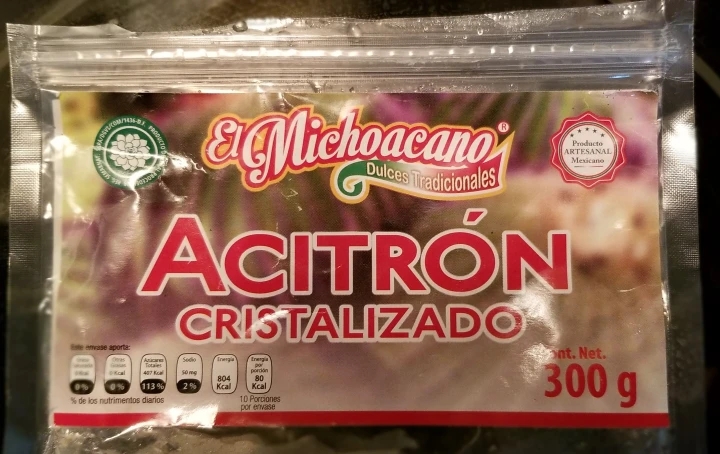acitronar (first-person singular present acitrono, first-person singular preterite acitroné, past participle acitronado)
- (Mexico, transitive) to fry until translucent, not golden nor crispy
This technique is not solely a phenomenon of México. In French cuisine the technique known as “sweating” is very similar in nature to acitronar
Sweating is the process of releasing flavours with moisture and low temperatures. It is a technique that uses a gentle heat to soften vegetables and gently draw out their flavours. No browning or caramelisation of the ingredients takes place during the process. This process is commonly used at the start of making the dish and its purpose is to begin the developing of the flavour of the dish as further ingredients are layered into the dish. It can be done in a dry pan, although a little fat or oil is most beneficial and a lid or cartouche can be used to cover the ingredients so they don’t lose too much moisture. This technique in particular will draw the sweetness out of onions.
The name of the technique comes from the fact that the gently cooked onion acquires the colour of citron (acitrón)
Now, when I tell you the name results from the ingredient being cooked takes of the hue of “citron”, what is it that I’m referring to? What colour is citron? What even is citron anyway?

The citron (Citrus medica), historically called a cedrate (1), is a large citrus fruit (somewhat resembling a large lemon) with a thick perfumed rind smelling somewhat of a cross between a lemon and a lime (a lemon and a limón). The fruit’s English name “citron” derives from Latin, citrus, (2) which is also the origin of the genus name. In French the word citron refers to the lemon. In Italian it is known as cedro (or cedron) (4), cedro is also the same name used to indicate the coniferous cedar tree.
- cedrate (plural cedrates) : Alternative form of cedrat (cédrat) : a small Asian rutaceous (3) tree, Citrus medica, having lemon-like fruit with a thick aromatic rind.
- Citrus : The generic name originated from Latin, where it referred to either the plant now known as citron (C. medica) or a conifer tree (Thuja). It is related to the ancient Greek word for cedar, κέδρος (kédros).
- of, relating to, or belonging to the Rutaceae, a family of tropical and temperate flowering plants many of which have aromatic leaves. The family includes the herb rue (Ruta graveolens – called “Ruda” in Mexico) and citrus trees
- In Italian the technique of acitronar is known as appassire. Nel linguaggio gastronomico, a. la cipolla (o altre verdure tritate), soffriggerla leggermente a fiamma bassissima, in olio o burro, in modo da ammorbidirla senza tuttavia farle prendere colore. “In gastronomic language, a. lightly fry the onion (or other chopped vegetables) over a very low flame in oil or butter, in order to soften it without letting it brown.”
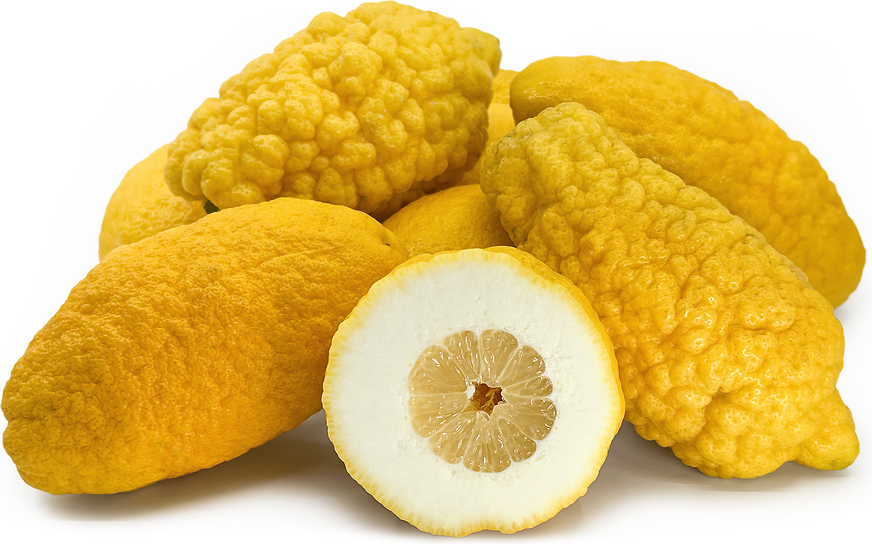
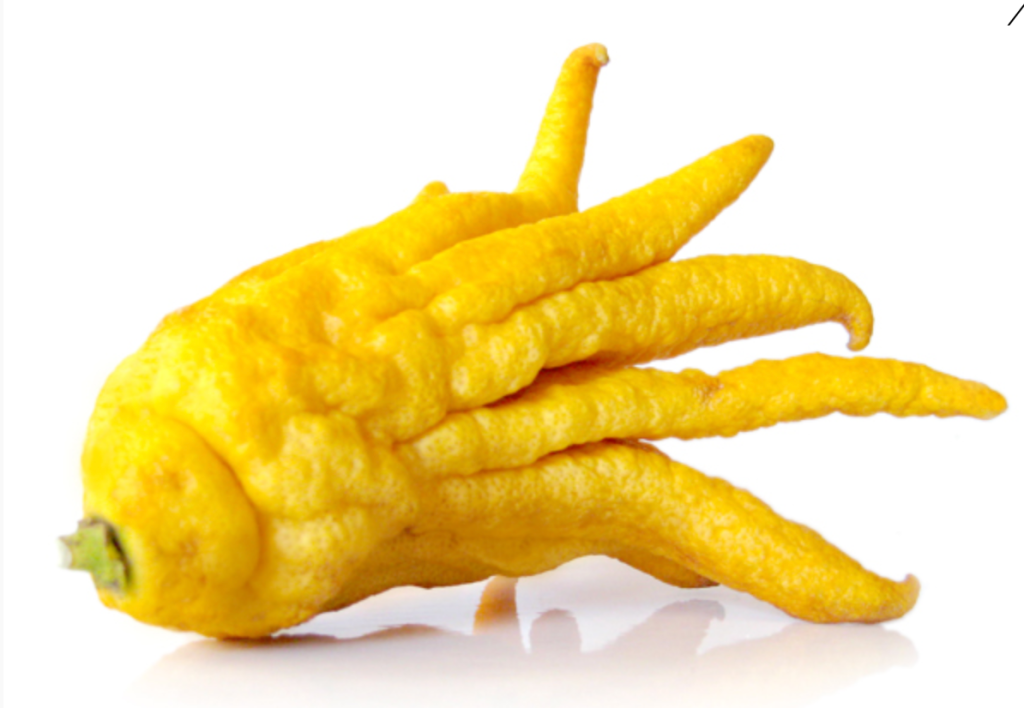
Citrus medica var. sarcodactylis, or the fingered citron, is an unusually shaped variety of citrus whose fruit is segmented into finger-like sections. The fruit has almost no pulp, but has an intensely fragrant rind which is used both in cooking and medicine (1). Studies have suggested that he Buddhas hand has antioxidant, hypolipidemic, immunosuppressive, antimicrobial, antiviral, autonomic nervous system stimulant, and gastroprotective properties. (see various studies as noted in references if you’d like to research this further)
- the epithet “medica” in the name means “medicinal” (sarkos = fleshy : dactylos = finger)

In many Asian cultures the Buddha’s Hand citron symbolizes longevity, happiness, and good fortune. It is so named “Buddha’s hand” as the long finger like projections are said to resemble the praying hands as seen on representations of the Buddha.
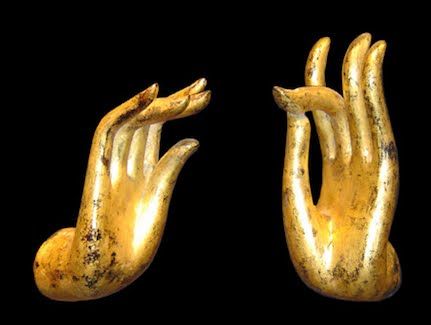
Now, just briefly, I will bring this up. Lemon vs Limón. The word limón often translates to lemon but these are two different plants. The lemon (Citrus limon) and the limón (a variety of Citrus aurantifolia) are two quite different fruits with very different flavours (and to confuse the matter even more, a Latino might call a lemon a lima (or lime). Both of these plants were introduced to México.
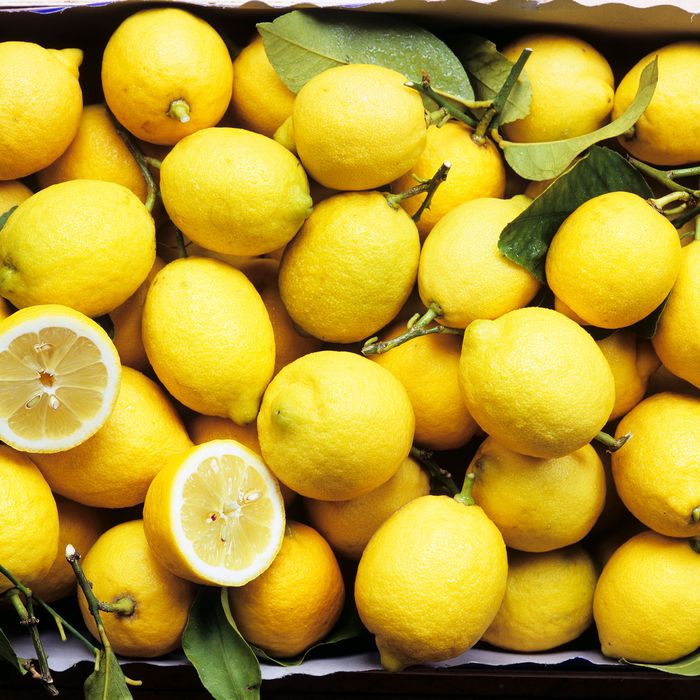
(lemon)

(lime)
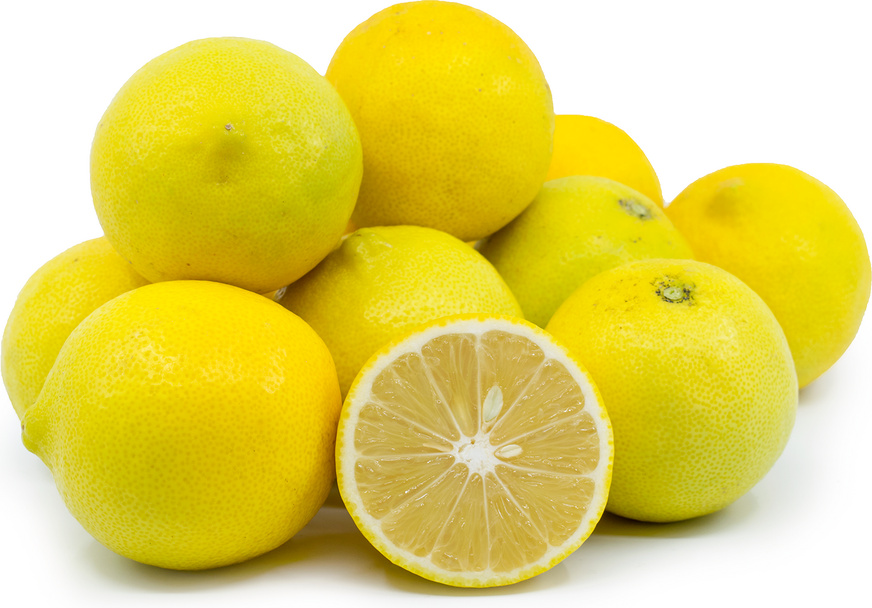
(Sweet Lime)
Citrus limettoides

To confuse matters a little further the word “cedron” can also refer to a herb (with another citrus name) Lemon verbena (Aloysia triphylla; syn Aloysia citrodora). This herb has a delicate lemon scent and is used both as a medicinal and culinary herb.
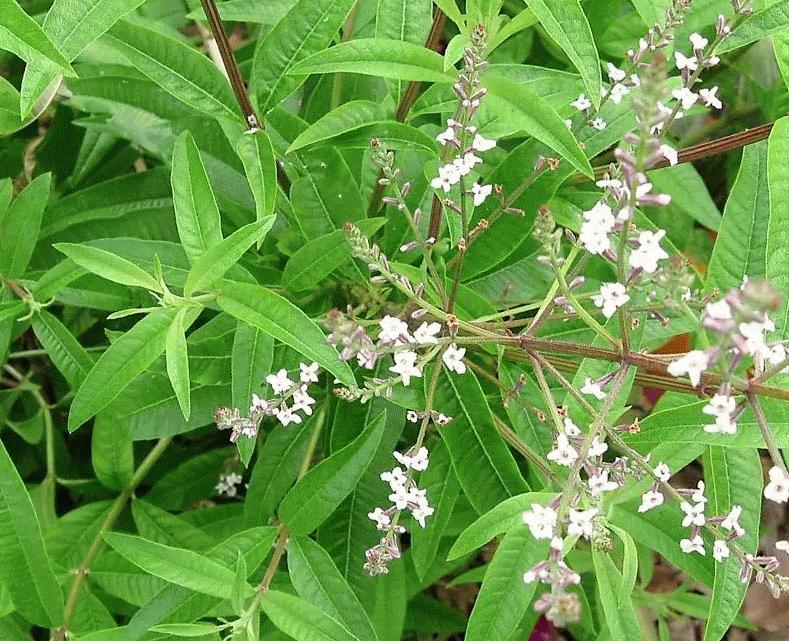
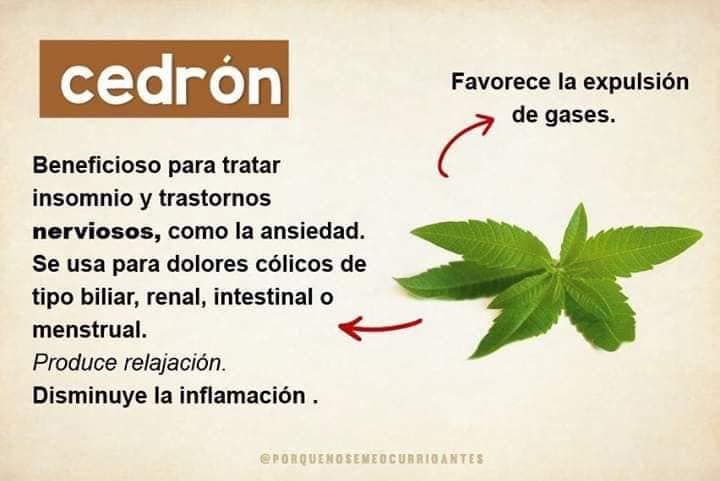
See Quelite : Pericón : Tagetes lucida for more information on this condition (nervios)
O.K.
Ignore all of this because……..
Now we get to the actual citron I’m referring to.
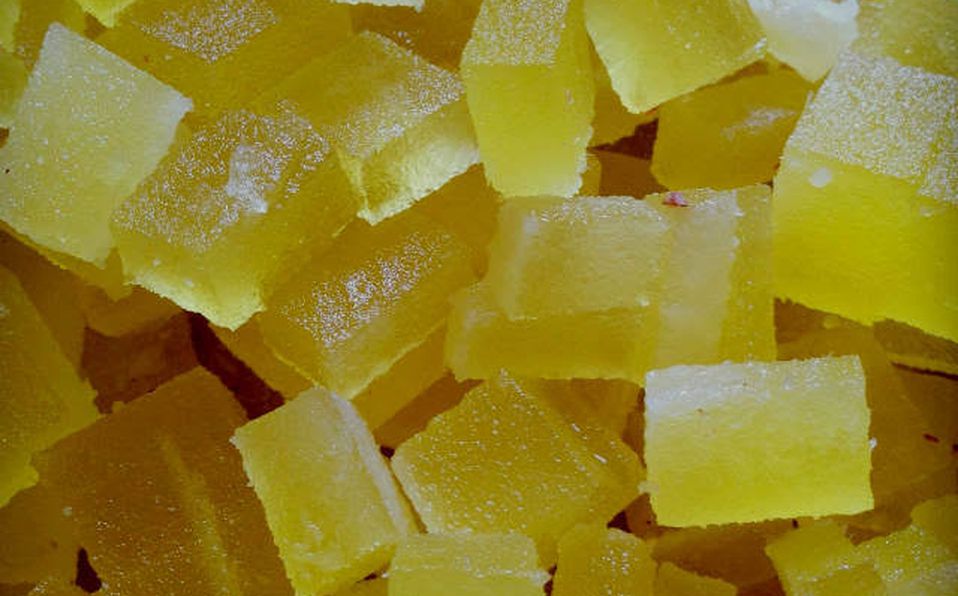
Note the translucent (almost clear) colour of the candied cactus.
Cactus???? you hear me say. Yes. Yes indeed.
The biznaga (or visnaga/viznaga) is a cactus in the Echinocactus family. Commonly called a Barrel cactus they are very slow growing and can live for 100 years or more. These cacti are endemic to México and can be found in the dry desert environments of the southwestern United States and into northern Mexico.
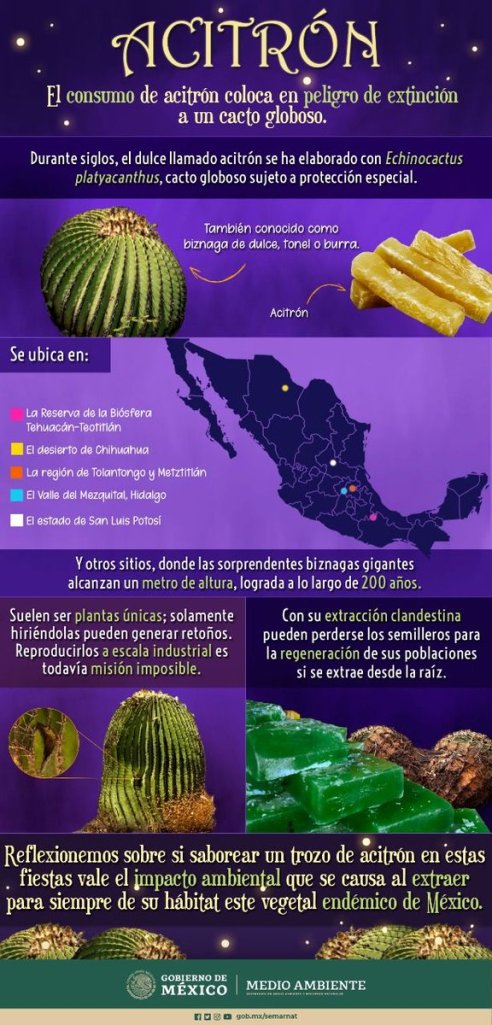
Biznaga is a name generally given to all cacti plants that are spherical or cylindrical in shape. It is particularly applied to the species Echinocactus platyacanthus, this cactus is most widely distributed in the desert regions of central and northern Mexico in towns such as Coahuila, Nuevo Leon, Tamaulipas, San Luis Potosí, Querétaro Hidalgo.
It’s Nahuatl name of Huitznahuac means “surrounded by thorns.” I’ve also seen it written as huitznahua and huitznahuatl.

huitz(tli), thorn, spine.
tepe(tl), hill, mountain, precipice.
-nahuac, next to, on the side of, near; close to; with, in company of.
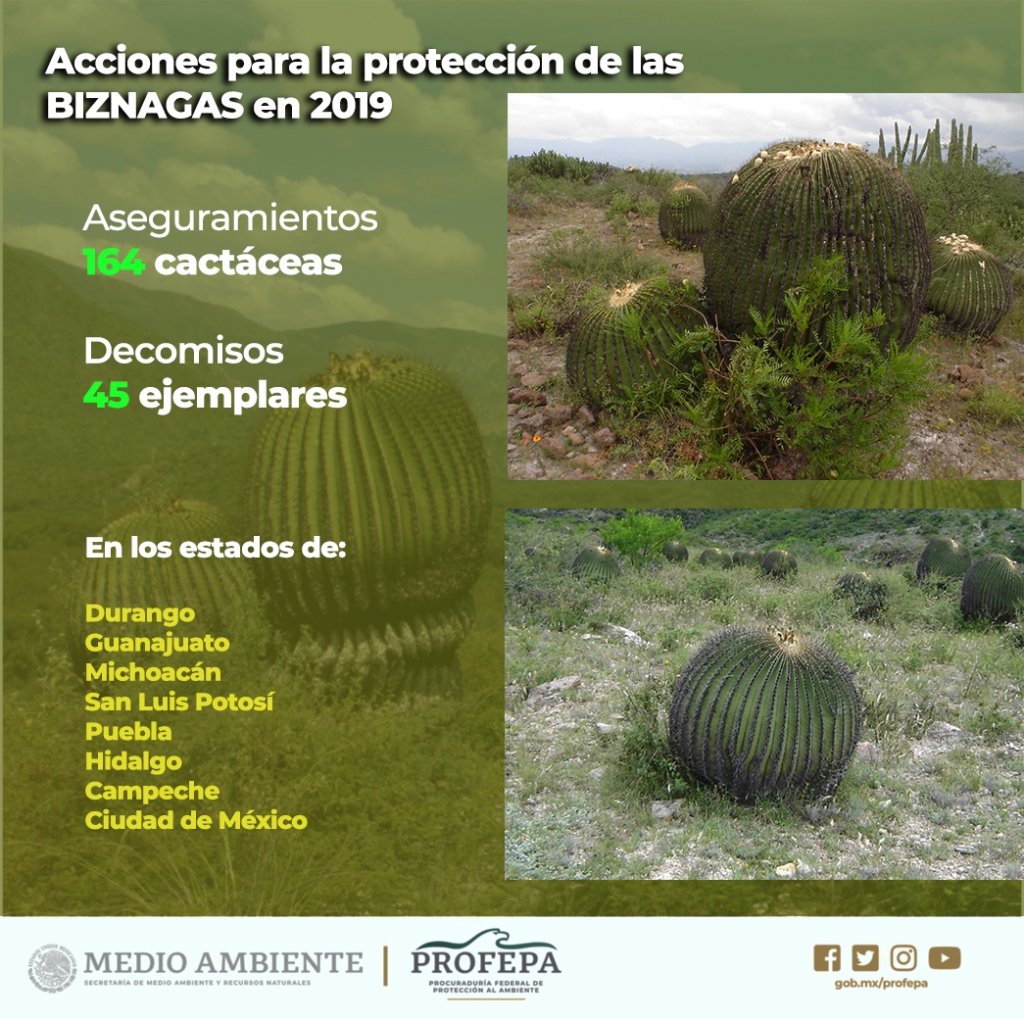
This cactus is a slow growing plant and due to its popularity it is currently listed as “vulnerable” with “population decreasing” in the United States and “near threatened” in Mexico. Harvesting of the Biznaga cactus is a Federal crime in México. In 2019 164 cacti (of 45 different varieties) were seized from illegal collections of this plant. The illegal cactus trade is worth many millions of dollars in México (and the southern United States – particularly California and Arizona). Paradoxically only the harvest of these cacti is deemed illegal, the sale of the biznaga products is not, so this product can easily be found in mercados (particularly during the festivals during which it is called for).
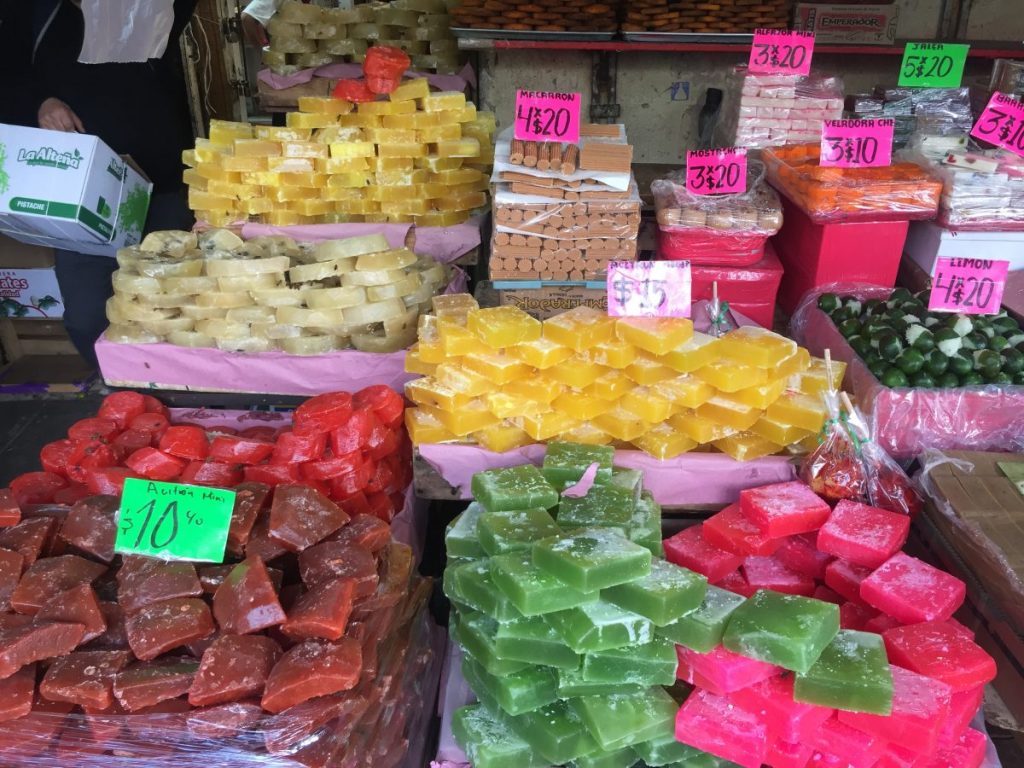
The Rosca de Reyes (Three Kings bread) and Chiles en nogada are a couple of dishes that acitrón is “traditionally” used in.
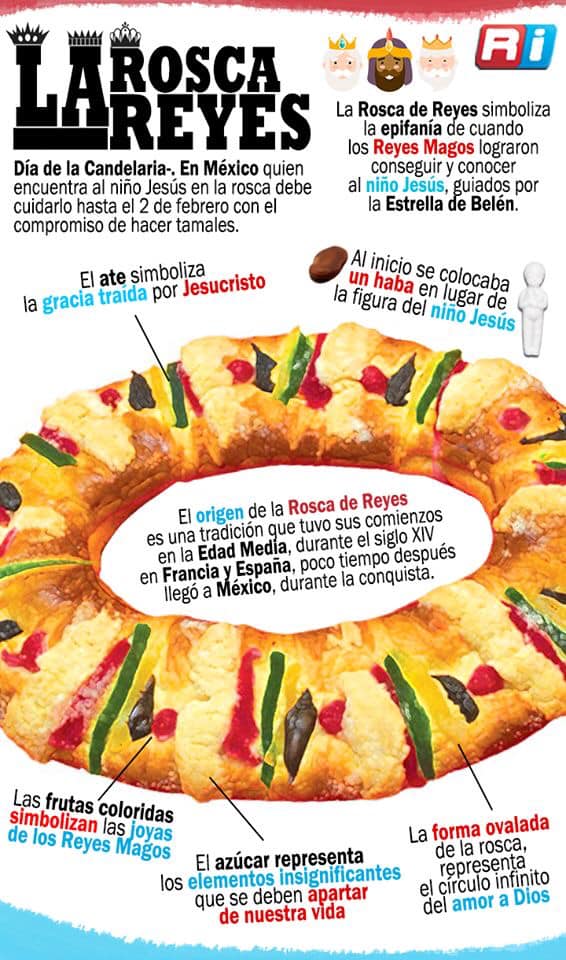
The Rosca de Reyes is an orange scented, almost brioche like, bread that is eaten on Dia de Los Reyes (Three Kings Day) or the Christian celebration of Epiphany on January 6th. The bejewelled bread is said to represent the gifts that the magi presented to the baby Jesus.
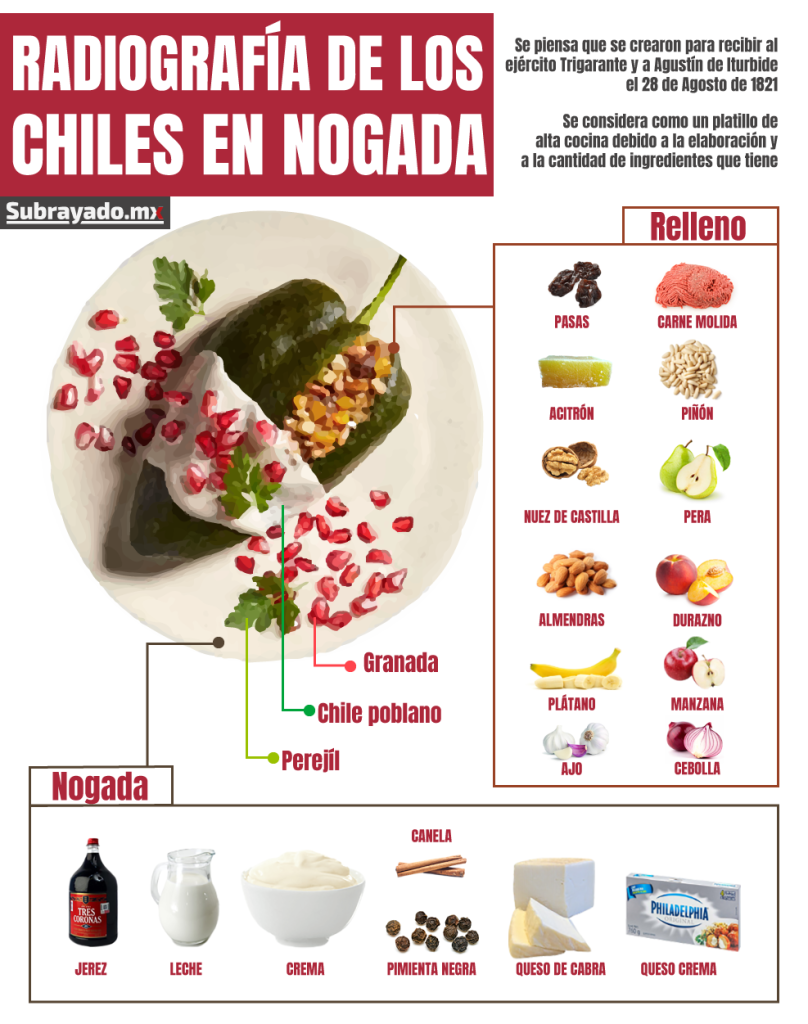
(Click image to expand)
Chiles en nogada (chiles in walnut sauce) is a dish from the State of Puebla. It (like mole) is an amalgamation of indigenous and Spanish ingredients and cooking styles. Legend says they were first prepared for Agustín de Iturbide. Agustin was a caudillo (which generally translates to military chieftain – or dictator) who would briefly (less than a year) hold the title of Agustín I, Emperor of Mexico. The dish was served to Agustin when he visited Puebla after signing the Historic Treaty of Cordoba (1)
- The Treaty of Córdoba established Mexican independence from Spain at the conclusion of the Mexican War of Independence. It was signed on August 24, 1821 in Córdoba, Veracruz, Mexico.
I have seen it noted that “Acitrón is made with the pad or paddle-leaf-of a cactus plant called biznaga, which is similar to the prickly pear but rounder in shape. To make acitrón, the leaves are peeled off the outer skin along with the little thorns, sometimes soaked in a lime solution, dried in the sun and finally simmered in a syrup made with water and sugar or honey”.
This is a bit of a misnomer as although acitrón is made from a cactus the cactus is not like an Opuntia (i.e. the nopal) but from a barrel type cactus and the body of the cactus is used rather than its cladodes (or “paddles”). To make acitrón the whole cactus is harvested (1). Cacti over 50cm in height are preferred as they contain enough flesh for the plant to be economically viable. The flesh of the cactus is first tested to check the quality of its “pulp”. Plants with a reddish or sandy coloured pulp are not used, nor are plants with a grainy pulp (Jiménez-Sierra etal 2010). The spines are removed from the ridges running down the sides of the cactus and the outer layer of skin is peeled off. The pulp (which is more solid than the word suggests) is then crystallised or candied by slowly cooking it in a sugar syrup for an extended period (48 hours or so). Food colouring can also be added to change the colour of the sweet treat.
- This kills the cactus and removes this slow growing and endangered plant from the biosphere. DO NOT HARVEST THESE FROM THE WILD. This is illegal everywhere this plant is native. This process is for information’s sake only. There are plenty of other candied fruits that can substitute for acitrón in what ever recipe you are cooking.
So to reiterate…..
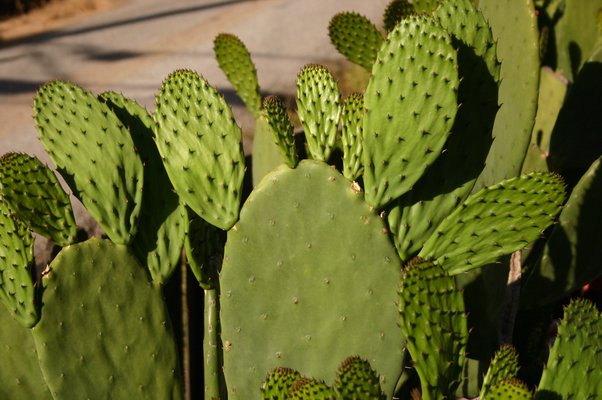
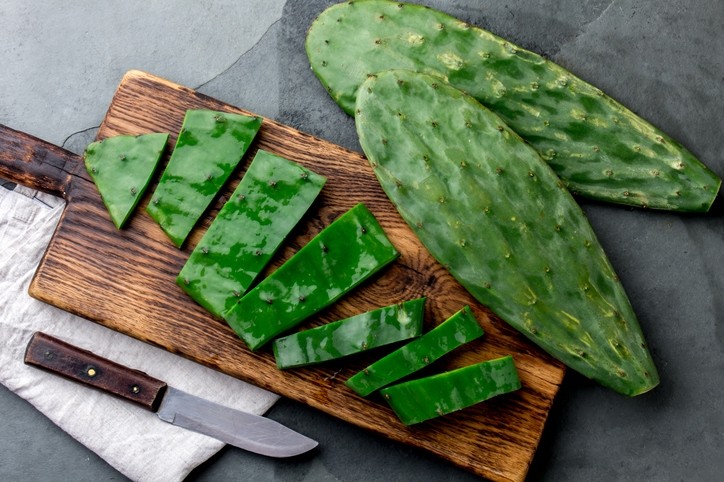
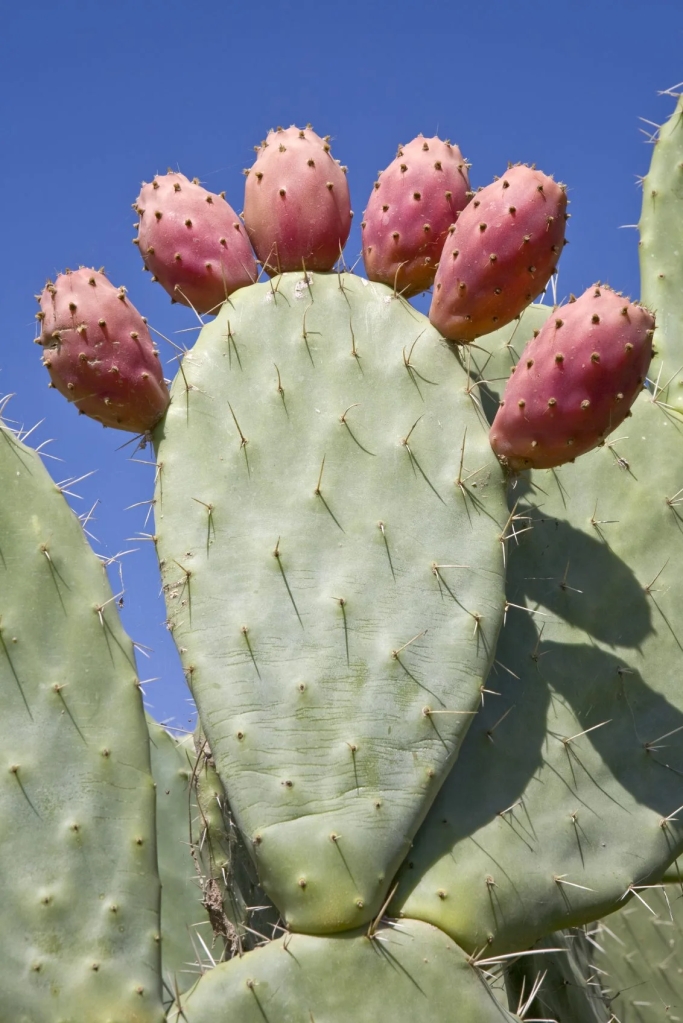
The nopal (Opuntia species cactus) is used as a green vegetable. It does have fruits. These are called “tunas” in México (no relation to the fish) and in many places are called “prickly pears”
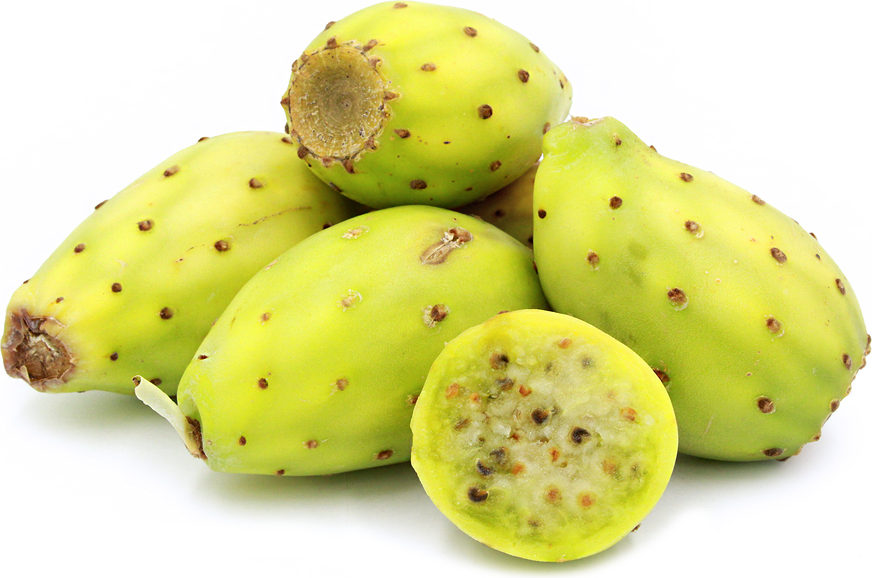
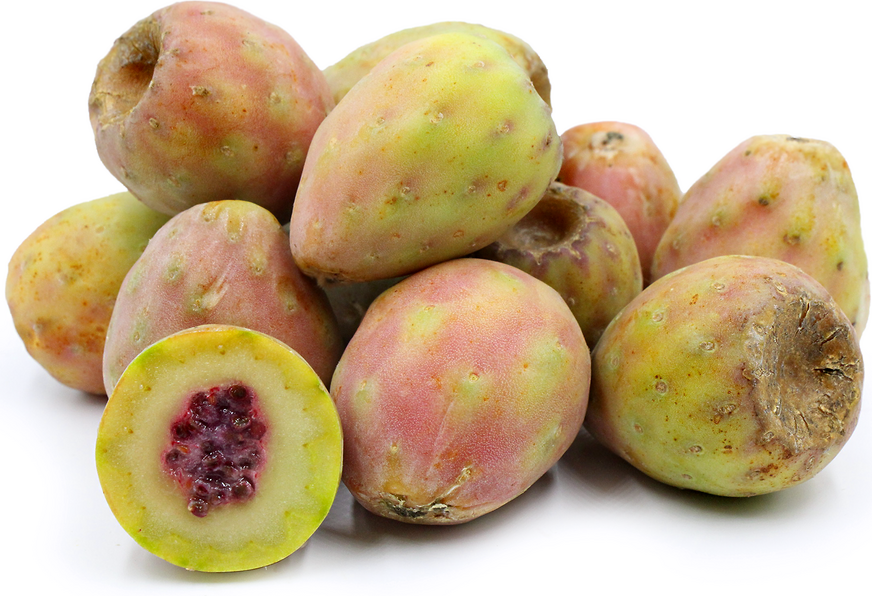
Fruits from the types of cacti with “paddle like” leaves (technically called cladodes) also have different varieties. The image on the left is typical and the seeds of the fruit are dispersed amongst its flesh (1). The fruit on the right is from a variety known as xoconostle (or sour cactus fruit) and the seeds are located centrally in the fruit like a core (2).
Neither these fruits nor the green paddle like leaves are used to make acitrón.

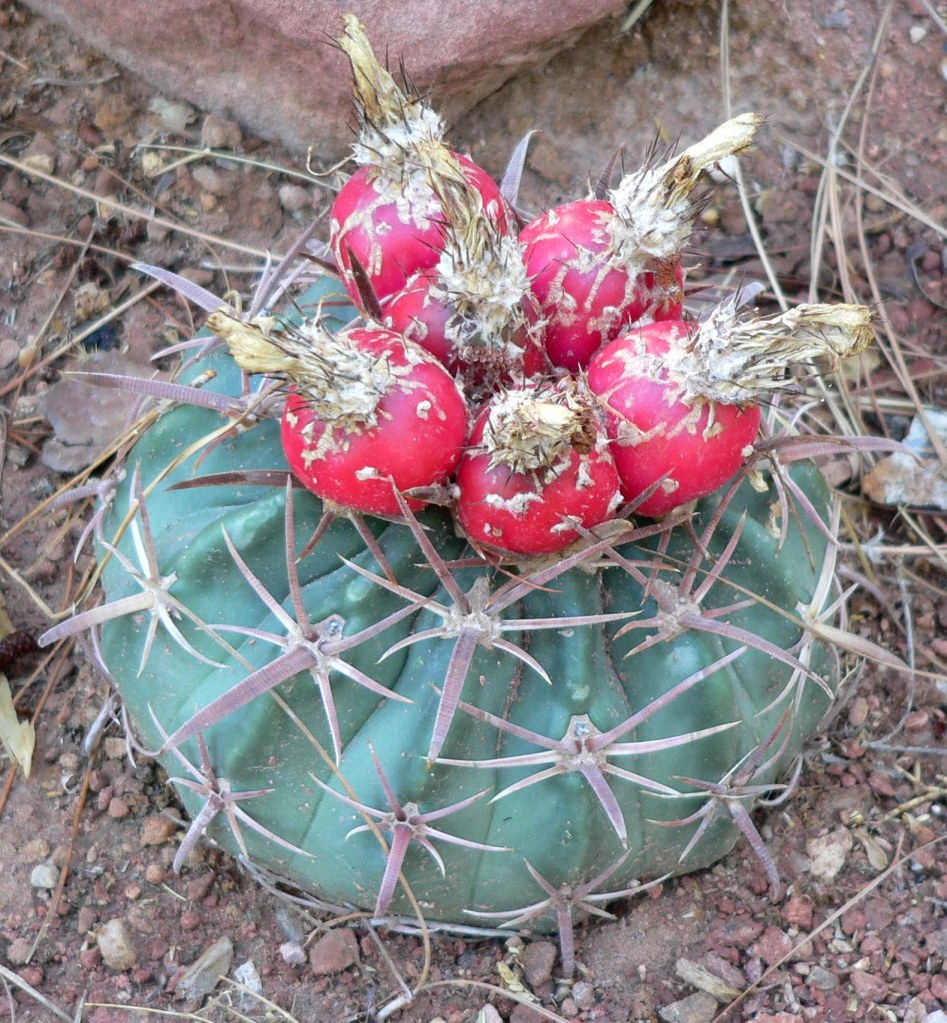
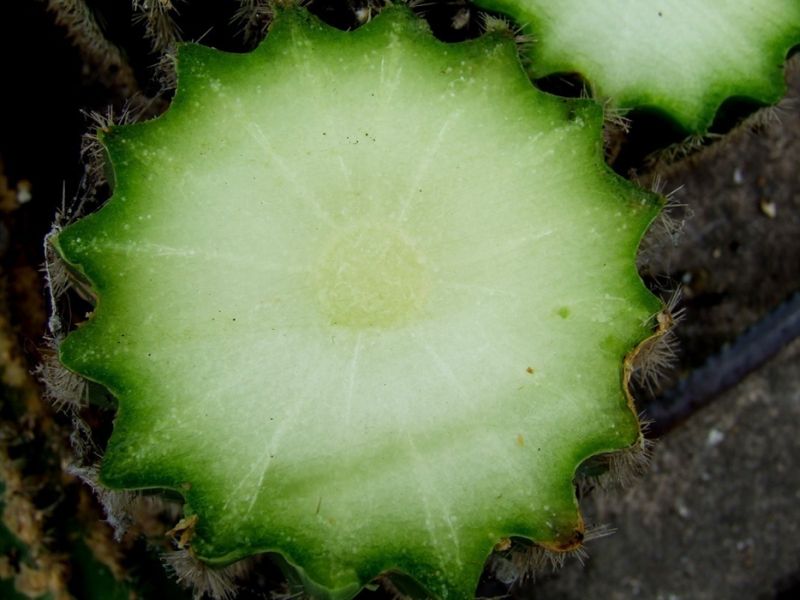
Acitrón is made from a barrel like cactus that does not have these paddle shaped leaves. It does produce a fruit (which is not used to make acitrón). The body of the cactus is used and the pulp (as you can see in this cross-section image) is the part that is candied. The cross-section above is not from an Echinocactus but from a columnar species of cactus. It does demonstrate the process though. Cut off the ribs, which are very spiny, and then peel off the skin. The remaining “pulp” is the part that is candied.
As you can see the nopal and the biznaga share no real similarities (apart from both being cacti and having prickles)
The nopal cactus (both fruit and cladode) can be candied though.
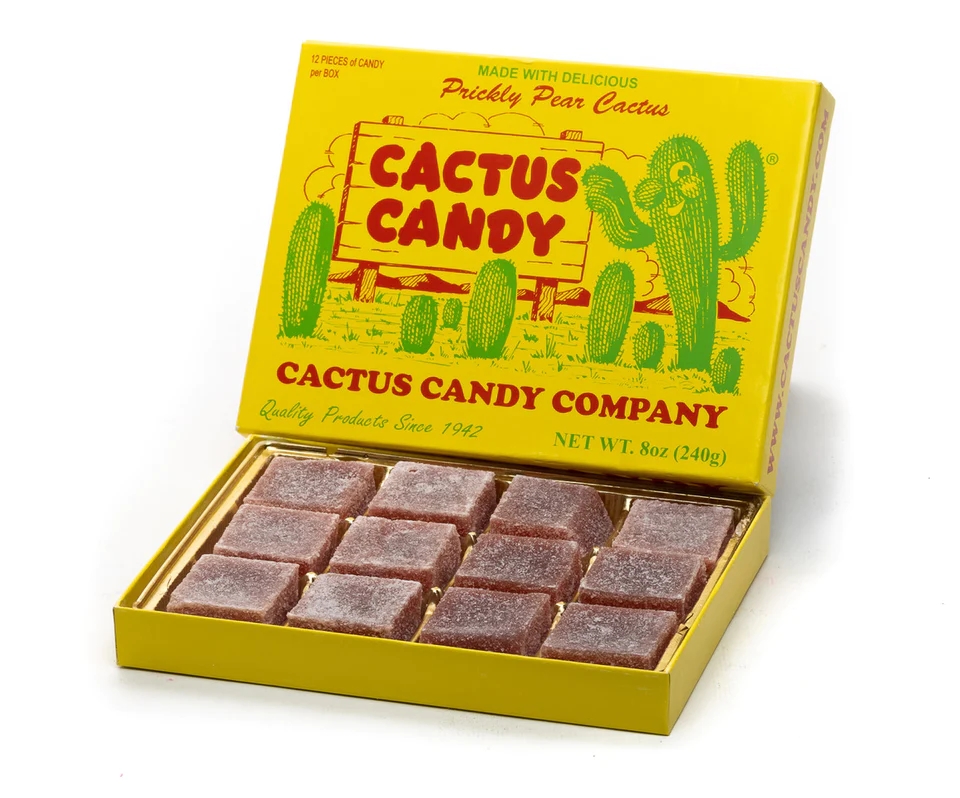

Prickly Pear Cactus Candy is made from the fruit or tuna of the nopal cactus. It is quite similar in nature to the Mexican candied fruit pastes known as “ate” (sounds something like “r-tay”). This one comes from Arizona (which if we want to be pedantic about it is really Mexico anyway)
Chuza. A spicy (Tajin like) snack made from the dehydrated nopal leaves. Created by the Monterrey born Danny whose first taste memory of spice as a kid was sharing tostadas con chile from a food cart with friends after a fútbol game. From the description given they seem to have a Tajín like flavour.
These are only a small few of the candied cactus varieties available.
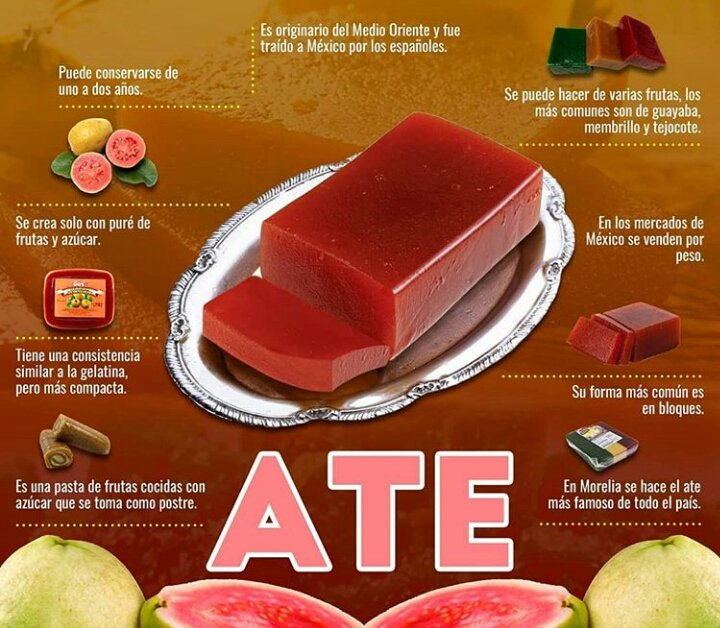
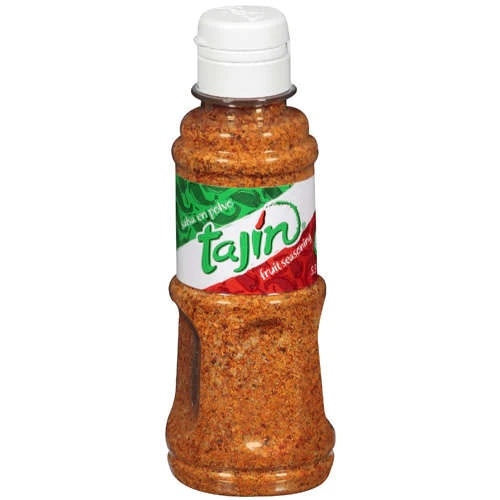
Tajín (or more correctly Tajín Clásico – there are other flavours in the range) is a dried spicy blend of chiles de árbol, guajillo and pasilla mixed with dehydrated lime, and sea salt. It is typically sprinkled on fresh fruit giving it a spicy, tangy flavour. It is said to make everything bueno even more bueno.
References
- Chen, Jie & Wu, Guang & Zhu, Caiqing & Wu, Yongzhong & Wei, Rong-Rui & Ma, Qinge. (2022). Structurally Diverse Flavonoids from Citrus medica L. Var. sarcodactylis Swingle and Their Multiple Bioactivities: A Review. Journal of Food and Nutrition Research. 10. 81-87. 10.12691/jfnr-10-2-1.
- Jiménez-Sierra, Cecilia Leonor, and Luis E. Eguiarte. “Candy Barrel Cactus (Echinocactus Platyacanthus Link & Otto): A Traditional Plant Resource in Mexico Subject to Uncontrolled Extraction and Browsing.” Economic Botany, vol. 64, no. 2, 2010, pp. 99–108. JSTOR, http://www.jstor.org/stable/41001171. Accessed 30 Aug. 2023
- Lou, Zaixiang; Chen, Jie; Yu, Fuhao; Wang, Hongxin; Kou, Xingran; Ma, Chaoyang; Zhu, Song (2017). The antioxidant, antibacterial, antibiofilm activity of essential oil from Citrus medica L. var. sarcodactylis and its nanoemulsion. LWT – Food Science and Technology, 80(), 371–377. doi:10.1016/j.lwt.2017.02.037
- Ma, Qinge & Tang, Ye & Sang, Zhipei & Dong, Jiang-Hong & Wei, Rong-Rui. (2021). Structurally diverse biflavonoids from the fruits of Citrus medica L. var. sarcodactylis Swingle and their hypolipidemic and immunosuppressive activities. Bioorganic Chemistry. 117. 105450. 10.1016/j.bioorg.2021.105450.
- Sayorwan, Winai and Vadee Rumruay. “Chemical Compositions of Fingered Citron Peel (Citrus Medica L. var. Sarcodactylis) and Its Effect on the Autonomic Nervous System.” Journal of Health Research 31 (2017): 307-313.
Websites
- “Acciones y Resultados de Protección a biznagas en 2019” [Actions and Results of Protection to Biznagas in 2019]. Gobierno de Mexico Procuraduria Federal de Proteccion al Ambiente (in Spanish). 2019-12-30. Retrieved 09.08.23 : https://www.gob.mx/profepa/es/articulos/acciones-y-resultados-de-proteccion-a-biznagas-en-2019?idiom=es
- Biznaga of Tehuacán – Arca del Gusto (Slow Food Foundation) : https://www.fondazioneslowfood.com/en/ark-of-taste-slow-food/biznaga-de-tehuacan-cactus/
- https://nahuatl.wired-humanities.org/content/huitztli
- https://nahuatl.wired-humanities.org/content/nahuac
- https://nahuatl.wired-humanities.org/content/tepetl
Images
- Acitron (candied) : https://viafresh.com.mx/producto/acitron/
- Acitron cristalizado : https://mysliceofmexico.ca/2020/01/03/epiphany-bread-about-reducing-environmental-impact/
- Acitron (in the mercado) : https://www.animalgourmet.com/2020/01/02/acitron-por-que-no-deberiamos-consumirlo/img_2892/
- Ate : https://twitter.com/300_sitio/status/1270099661970423808/photo/1
- Buddhas hand Citron : https://www.citrusmen.com.au/
- Cactus cross-section : https://coachhousecacti.co.uk/2020/03/04/cacti-propagation/
- Candied prickly Pear : https://desertusa-store.com/products/cactus-candy-company-1-2-lb-box-arizona-prickly-pear-cactus-candy
- Cedron : https://www.plantas.ec/product/cedron/
- Chiles en nogada :
- Chuza Spicy Nopal : https://chuza.com/products/spicy-nopal
- Citron : https://specialtyproduce.com/produce/Cedro_Citrons_15402.php
- Cut nopal : https://www.foodnavigator-latam.com/Article/2019/01/14/High-fiber-nopal-cactus-has-superfood-status-says-Mexican-supplier
- Echinocactus : https://www.gob.mx/semarnat/articulos/acitron-producto-de-un-cacto-globoso-en-peligro-de-extincion?idiom=es
- Echinocactus fruit : Stan Shebs, CC BY-SA 3.0 https://creativecommons.org/licenses/by-sa/3.0, via Wikimedia Commons
- Green Opuntia fruit : https://specialtyproduce.com/produce/Green_Cactus_Pears_326.php
- Lemon : https://freshbox.com.au/products/organic-lemons-500g
- Limón : https://verne.elpais.com/verne/2017/03/17/mexico/1489718182_385717.html
- Nopal : https://www.quora.com/How-do-you-eat-a-Mexican-cactus
- Prickly Pear fruit : https://www.gardeningknowhow.com/ornamental/cacti-succulents/prickly-pear/harvesting-prickly-pear-fruit.htm
- Xoconostle fruit : https://specialtyproduce.com/produce/Xoconostle_Cactus_Fruit_14388.php

